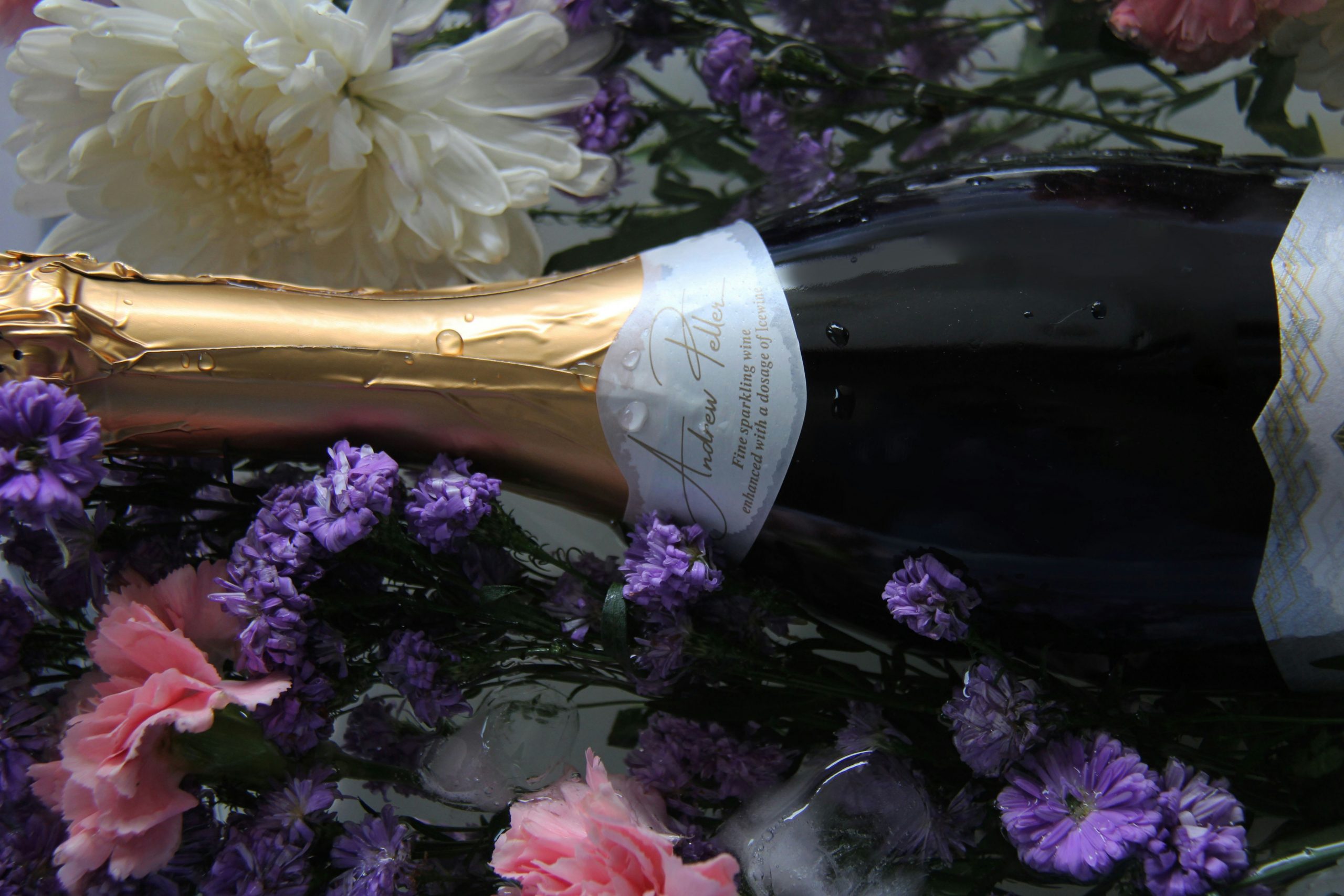Today marks five years since I launched Spark Consulting. As I look back on the past five years, I have much to be grateful for. Leading that list is all the people who’ve contributed to the success of this Big Hairy Audacious Goal.
First, I have to thank all my wonderful clients. Spark would not exist without each and every one of you. I particularly want to thank the American Chemical Society, my very first client, for being willing to take a risk on hiring the new kid in town, and Ross Simons for making the connection between a brand-new consultant and her first lead. Over the years, many of my clients have referred me to their colleagues and/or hired me again for additional projects. I can’t express how grateful I am for their confidence in me and my work.
Back in late 2011, I was working for the Children’s Hospitals Association. I’d been there for a few years and was starting to think about my next move. At the time, I was thinking it would be my first CEO position, leading a small association. I’d been in the biz for 14 years at that point, had my CAE and an MA, had worked in a wide variety of functional areas in association management leading a variety of different types and sizes of teams, and had even served as an acting CEO for a small association. I started applying for those types of positions, despite the fact that when I mentioned I was looking for my next gig, the nearly universal response was, “So you’re launching your own consulting business, right?” I want to thank Shira Harrington (Purposeful Hire) for being the one who helped me understand that being a consultant would be a better path for me.
Maddie Grant, Lindy Dreyer, and Jamie Notter came over to my house on a cold winter afternoon and helped me figure out what I wanted to call this new consulting business, how I wanted to frame the work I wanted to do, how brand Spark and myself, and brainstormed my clever URL (in which a discussion about “GetMeJamieNotter” led to “GetMeSpark”).
When I was starting out, I was fortunate to be invited to join a Mastermind Group that served as my kitchen cabinet, pushed me to define my goals, and helped me think through how to overcome the barriers to achieving them. Leslie White, Peggy Hoffman, Shira Harrington, KiKi L’Italien, and Sohini Baliga kept me on the right path during those critical first two years.
One of the most useful things I learned studying for the CAE 14 years ago was to know what you are – and aren’t – good at, and make sure to surround yourself with great people who know and can do what you can’t. I’ve been fortunate to work with four outstanding vendors on the tasks I can’t do for myself: Bean Creative for my website, ImagePrep for all my graphic design needs, Andrew Mirsky (Mirsky Law Group) for all my contracts and other legal needs, and Moran & Company for bookkeeping, accounting, and tax advice and planning.
My original career goal, back in college, was to be a university professor. I’ve always loved research and writing, particularly long-form essays. One of the most personally and professionally fulfilling things I’ve been able to do since launching Spark is the Spark collaborative white paper series. I now have the freedom to research and write, diving into topics that interest me and that I think are important for our industry.
I’ve been fortunate to work with a host of fantastic contributors for the nine existing monographs: Jeff De Cagna, George Breeden, Tom Lehman, Jamie Notter, Leslie White, Peggy Hoffman, Peter Houstle, Anna Caraveli, Guillermo Ortiz de Zarate, Shelly Alcorn, Polly Siobhan Karpowicz, Tracy Petrillo, Sherry Marts, Joe Gerstandt, Jess Pettitt, and Joan Eisenstodt.
I also want to thank the many association executives who were willing to share the stories of their organizations’ work, struggles, and triumphs in the case studies that illustrate many of the concepts the white papers discuss.
Thanks also go to Alison Dixon (Image Prep), who’s done all the beautiful layout and graphic work on the white papers, and to copy editors Ed Lamb and Joe Rominiecki, who’ve done their level best to save me from my typos and grammatical errors.
The association consulting community more broadly has also served as a tremendous source of inspiration, help, and advice over the years. Many association consultants have generously given of their time and expertise to answer my questions, point me in the direction of resources I need, or just generally help me to buck up when things aren’t going as I’d like them to with the business. We may be competitors, at least on occasion, but we are a community and we help each other out, and that’s priceless.
Finally, and perhaps most importantly, I have to thank my spouse, Jim. When I came home from that fateful lunch with Shira nearly six years ago, I was nervous. As far as he knew, the plan was to land a CEO position, with the attendant salary, benefits, and security. I knew I was about to announce that I might want to throw all that over in favor of the risk, excitement, and uncertainty of launching my own business. This change in direction would have a dramatic effect on him and his life as well, and I didn’t know how he’d respond.
When I told him what had happened over lunch and what I was thinking, he responded: “I think that’s a great idea. I think you’d be a terrific solo consultant. You should definitely do that.”
“Well damn,” I thought. “If he’s that confident, what in the hell am I so worried about?”
Five years later, here we are. It’s been a thrilling, challenging, amazing, terrifying journey so far. I can’t wait to see what the next five years bring.
Photo by Peedee on Unsplash

